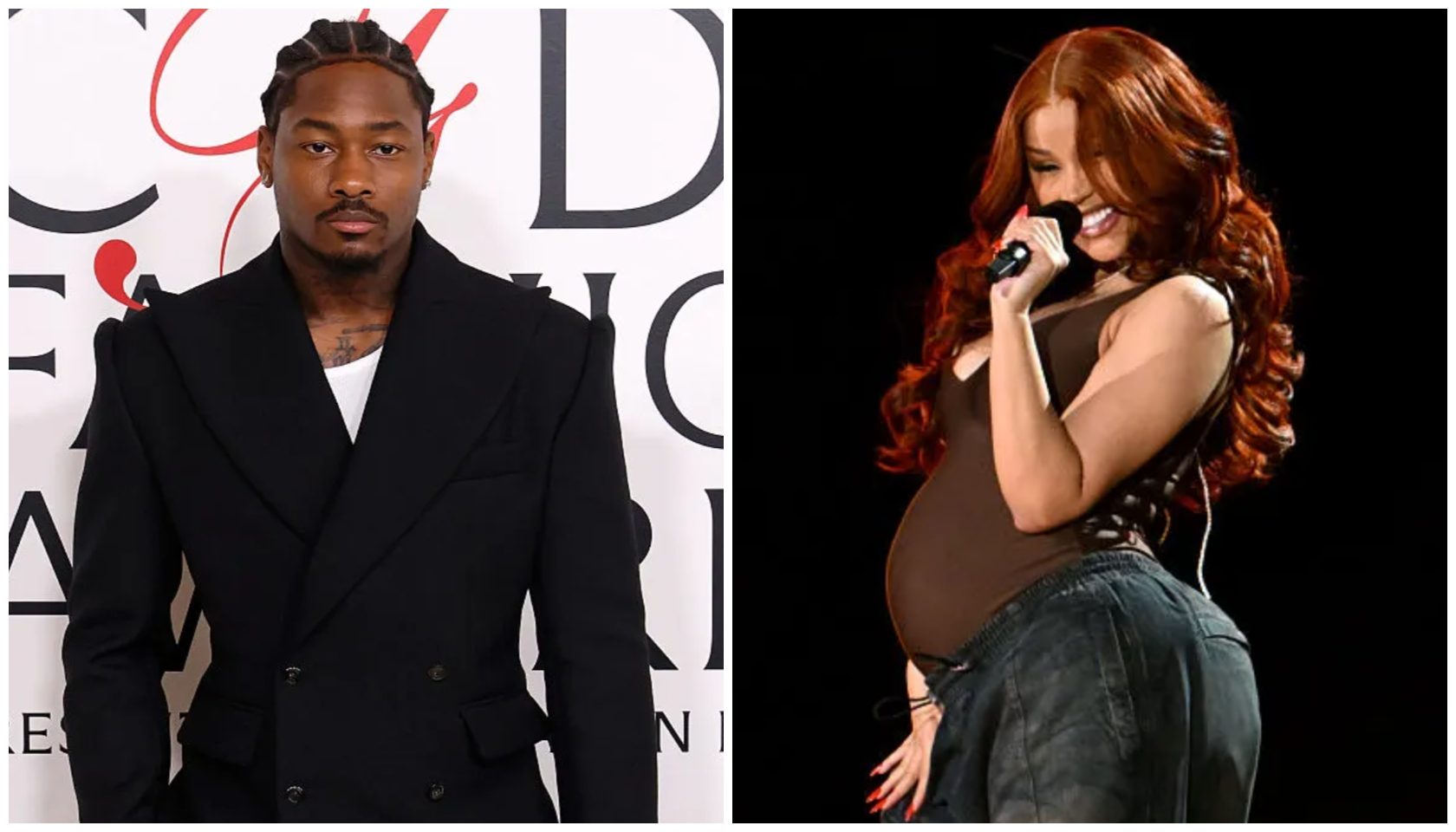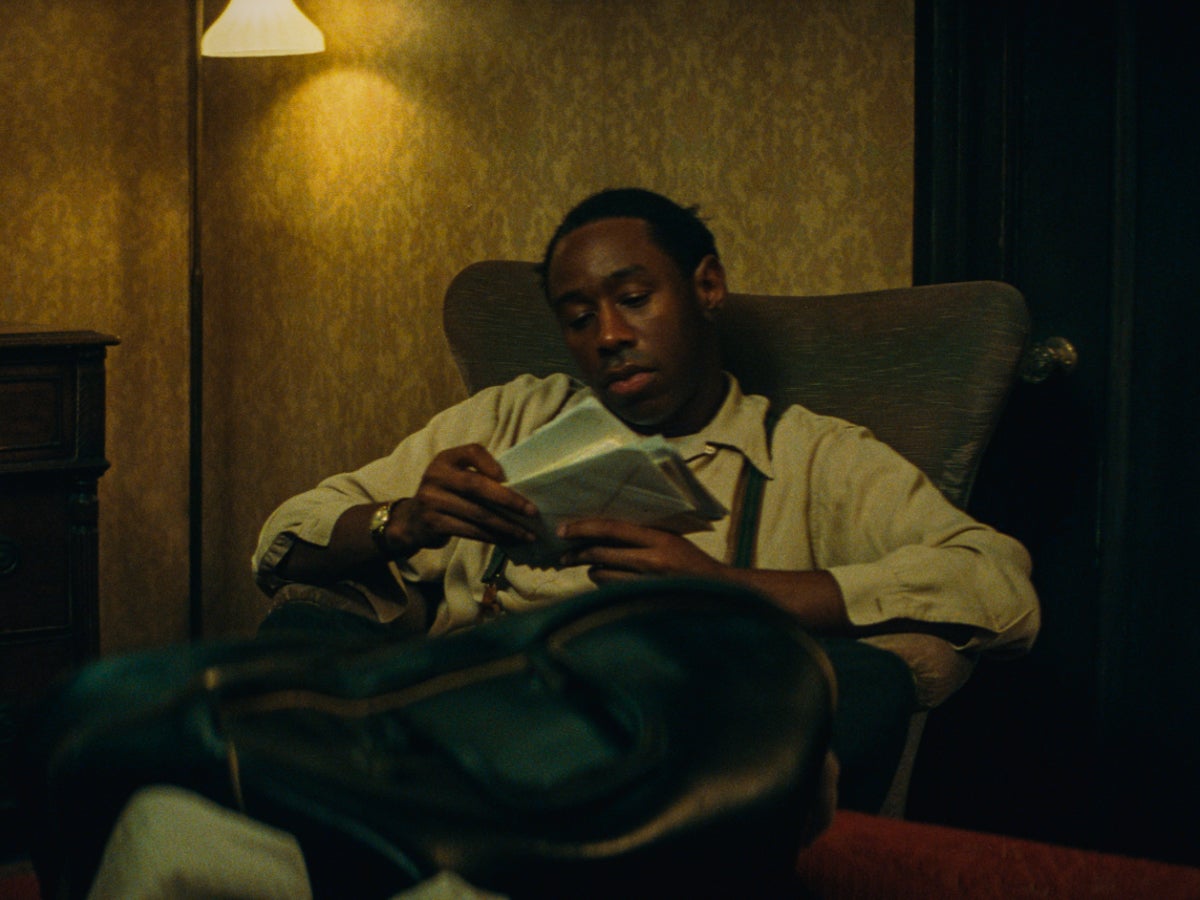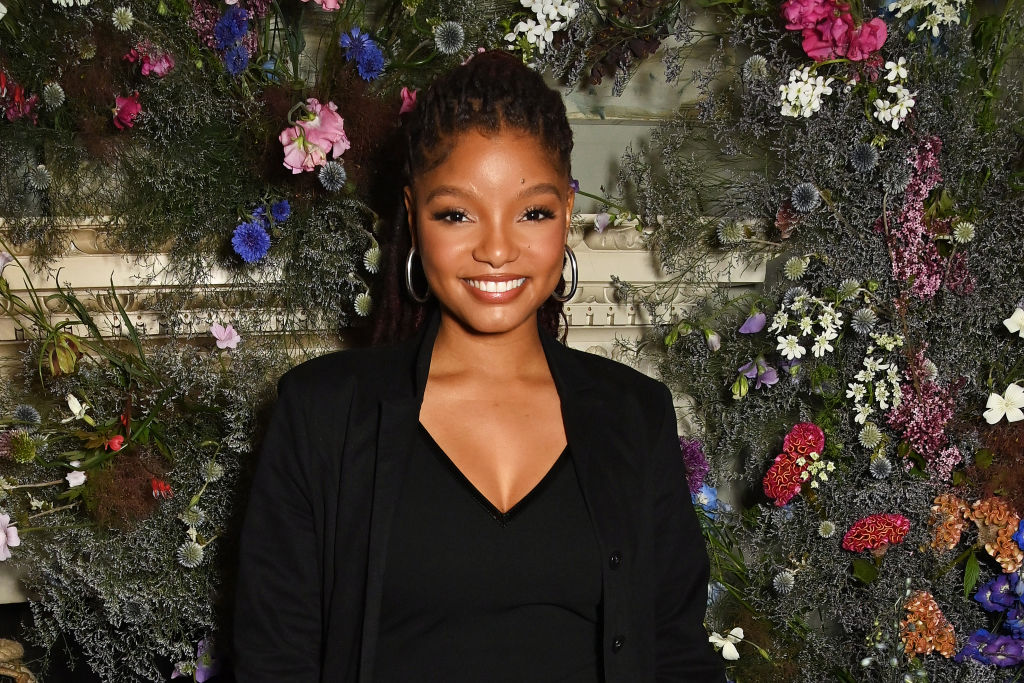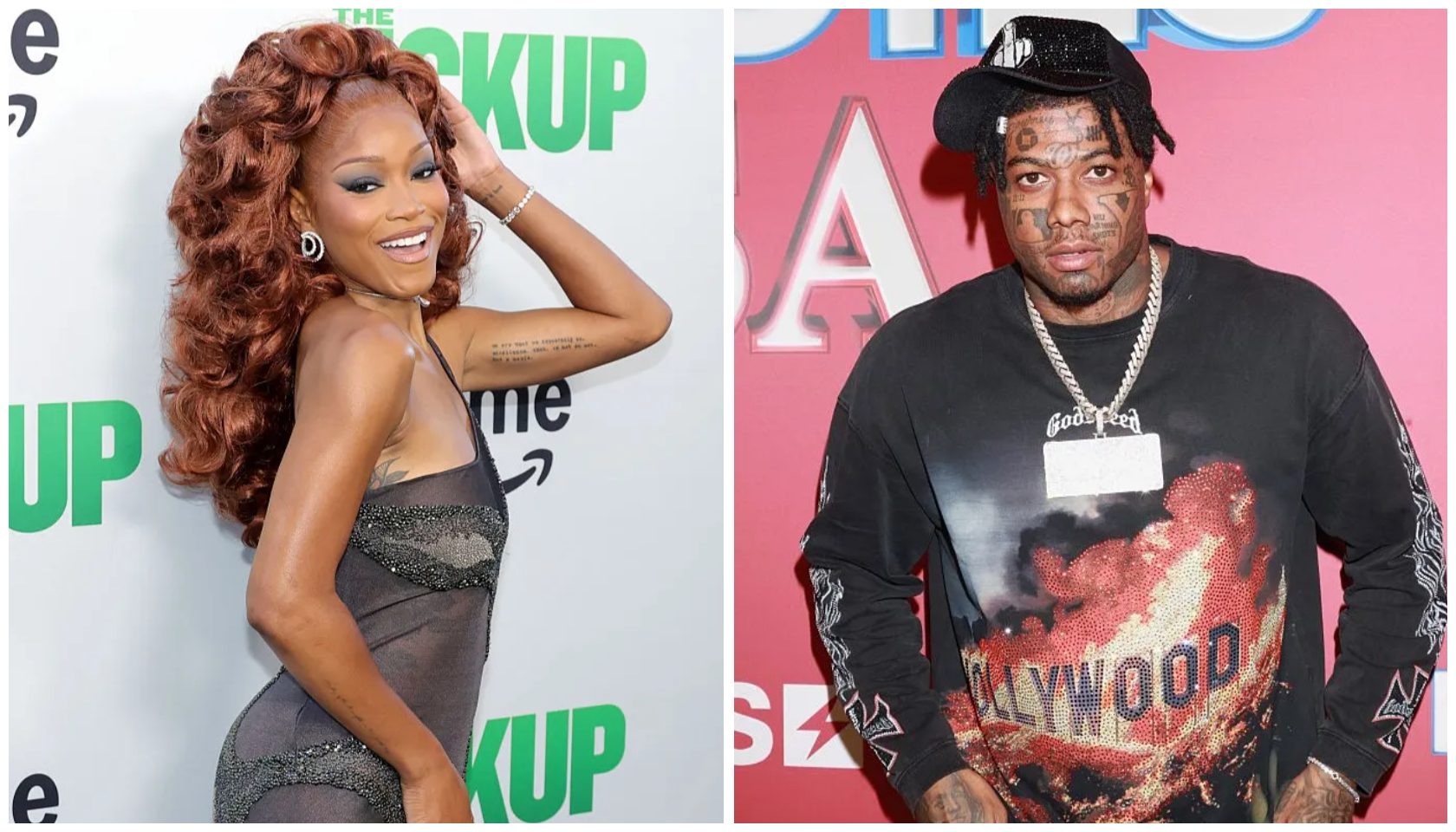This story is featured in the January/February 2025 issue of ESSENCE.
Breast cancer entered my life in a very sneaky way.
I breastfed my son for three years. During that time, I had mastitis often, and it always happened in my right breast. By 2014, once I stopped breastfeeding, things calmed down—so I really didn’t pay much attention to the breast anymore. Like most people with a hectic life, for me, something had to hurt or be broken to get my attention.
I was in the shower one morning in December 2018, and I felt a lump in my breast. Since it was in the same place that the mastitis had occurred, I hoped it was related to that. It was a little larger than a pea but definitely noticeable. My next step was to get a thermography scan, which uses a heat-sensing camera to find hot spots in the body. Cancer tends to appear really hot.
It registered very clearly that something was going on—so in January 2019, I found a breast specialist and went in for a biopsy. The doctor called me the next day and told me the material came back as positive for invasive carcinoma. It was ER/PR positive, HER2 negative breast cancer, stage 3.
In general, I’m not a fearful person. My approach in life is to deal with things head-on as they happen. Life is lifing for everyone—I’m not exempt. So what’s the purpose of responding with fear? Fear freezes you. I’m an action-taker. So instead of panicking, I made a game plan.
I thought back to what I’d learned while watching the conventional journeys through breast cancer of my mom and my cousin. I specifically thought about things I’d observed being done to my mother—and I remembered thinking that if this ever happened to me, I wasn’t going to go that route. It’s not that I don’t trust the medical community. I do, with certain things, but I see a flaw in how they think about treating cancer. So I knew that I would address it in a different way. I wanted to start by figuring out why my body was creating cancer and how to change the terrain. I was told my tumor was growing at a moderate rate—and the full scope of what they suggested I do to handle it was pretty radical. I was clearly hesitant and was told I could take the time I needed to decide.
I dove into the research and learned that environmental and lifestyle factors influence 90 percent of what causes cancer. So I stopped drinking alcohol. I stopped consuming sugar. I did a cleanse to get the buildup of toxins in my body out. I began to shift the way I manage stress. My goal was to do things that supported my body’s ability to continue to be whole enough to heal, instead of destroying it up front. I also couldn’t figure out how to fit the double mastectomy, the full chemotherapy and, potentially, the radiation they were telling me to have into my already overwhelmed life. More importantly, these methods went against what I believed was right for my body.
I had the breast surgeon do monthly ultrasounds, to keep an eye on the tumor. I did high-dose vitamin C IVs, followed by hyperbaric chamber sessions, qigong exercise, energy work, prayer and diet changes, all while managing the major stress of ending a 10-year relationship with the man I loved—my son’s father. In January 2020, my ultrasounds found that everything was still growing slowly. I felt I was doing well, and my doctors agreed. And then COVID hit. That’s what changed everything for me.
I could no longer get my treatments or the ultrasounds, because everything closed in California in March. By the summer of 2020, I felt the tumor growing again, as I wasn’t able to do anything to stop it. I called my Plan B surgeon and told him, “I need to look at all my options again. What does surgery look like now? What would I have to do?” He told me they weren’t even scheduling those surgeries at the time—only emergency surgeries. But I had to do something. So I started looking outside of California and discovered that in Arizona, everything was still available.
The integrative facility that I found had everything I wanted—and many things I hadn’t even heard of but that made sense to me. In August of 2020, I packed up my truck, drove 419 miles away to Arizona and started 16 weeks of treatment. I was heartbroken to leave my son. I had never been without him, not even for a weekend. But I was in warrior mode, determined to get my health back for the both of us.
I did things like cryoablation, an FDA-approved procedure that injects gas into the tumor to kill cancer cells by freezing them. I did genetically targeted fractionated chemotherapy. I also started acupuncture, to help bring my red blood cells back up when chemo would drop them too low. I tried a cutting-edge drug that boosts the local immune system in the tumor. I even did apheresis—where they pulled my blood out pint by pint, cleaned it of toxins, filtered it and put it back in my body. All these things were part of a layered approach. Cancer is attacking the body from a lot of different directions. To be truly effective, you have to attack it the same way. When I left Arizona in December, I had gone down from stage 3 to stage 2. The cancer was out of my lymph nodes and the tumor significantly reduced.
I’m eternally grateful to the heroes in my life who made it possible for me to survive. I never could have carried the financial weight of this by myself. There are no residual checks. I’m a working single mom, and insurance doesn’t cover most of these treatments. When I got back, I was given a set of instructions for things I had to continue doing. But the money problem is a recurring problem. I struggled to pay for the ongoing treatments that would have kept things at bay, and then I lost my insurance. It was two and a half years before I could really do any more effective treatment. I needed to find work. I stopped focusing on the cancer because there were more pressing concerns, even though that sounds crazy to say. This was the time when I stepped back into TV hosting, put out an app, started a T-shirt business and did all the entrepreneurial things you could from home, as COVID lockdowns continued.
I finally got my insurance back and had a scan in January of 2023 that showed everything was still stable. The tumor was a little bigger, but it hadn’t spread anywhere else. So I felt really, really blessed and really, really good. I decided to start looking for things that could address the tumor directly. I went a different route with electrical ablation, which was also FDA-approved. I went down to an American doctor in Mexico for that procedure. The results he was getting in other people were amazing. It just didn’t work the same way for me.
I could feel things happening in my body that didn’t feel right. I didn’t know what was causing it. Was it the ablation procedure? The radiation that PET scans expose you to? The shift I’d made in my diet to try an all-fruit approach? No one knew. But my PET scan in October 2023 showed that the cancer had gone wild in my body. Once it spreads to a site outside the original location, that puts you in stage 4. I called on my loved ones again and got back into treatment at an integrative facility closer to home, in Southern California. By January 2024, I had completed about 12 weeks of therapy and had greatly improved.
Stage 4 doesn’t mean to me that all hope is lost and I’m going to die—as many headlines about me have said. It means I have to do bigger things to get it back in check. I’m on regular standard-of-care meds and am continuing the integrative approach, which includes traditional Chinese medicine and more. When needed, I will go in for more insulin-potentiated chemo. My last PET scan showed that almost all the new areas discovered in October were no longer active. The few areas that remain are significantly reduced in terms of cancer activity. I’m doing really well right now, according to my medical team. And I’m going to work my butt off to make sure I stay that way.
Am I in the clear? No. But I could have ended up here no matter what route I took, because I didn’t come in this with the resources that I needed to stay the course the whole time. So, it is what it is for now. I don’t want the story to be that because I said no to the conventional path I was initially offered, that’s why I ended up at stage 4. That’s not true. Sometimes, people end up here whether they do conventional or not.
Stage 4 isn’t scary for me. I believe that what I’m doing will work if I continue seeing it through. I’m living proof that integrative medicine is a viable, albeit different, approach. I’m hopeful for the day when women can access the full scope of what’s available, at the places we trust to give us all our options. I also hope that one day it will be covered by the insurance companies we pay to provide us with what we need.
We’re not meant to stay here forever. We come to this life, have experiences—and then we go. Being real about that with yourself changes how you choose to live. I don’t want to spend one more minute than I have to suffering unnecessarily. That, for me, is not the quality of life I’m interested in. When it’s time for me to go, I want to be able to look back on my life and say, I did that exactly how I wanted to. We all have that right. I know I’ve done the right thing for me. It might not be the right thing for anybody else, but it doesn’t have to be.
Going into 2025, I would say to women: Do everything in your power to avoid my story becoming yours. If I had known what I know now 10 years ago, perhaps I wouldn’t have ended up here. I would have been cold plunging, exercising consistently, making sure my vitamin D levels were good, detoxing my body on a monthly and yearly basis, and sleeping better. I would’ve been doing all the things I’ve been forced to do now, to keep my body from creating more cancer and remove what it has already made.
As Black women, we tend to have higher chronic-stress rates. We have, in many cases, worse diets and sleep habits. Up until this diagnosis, I was sleeping only three or four hours a night. That, on top of toxic exposure, not drinking enough water and eating completely wrong, created a perfect storm for cancer.
I encourage people to look at the information and studies that exist. Seek them out, learn from them and apply the changes to your life, so that you can continue to thrive and live as long as you can. As Black women, we have all kinds of factors we’re not even aware of that contribute to cancer impinging upon us. Increase your knowledge about how to prevent getting here in the first place. Prevention is the real cure.







